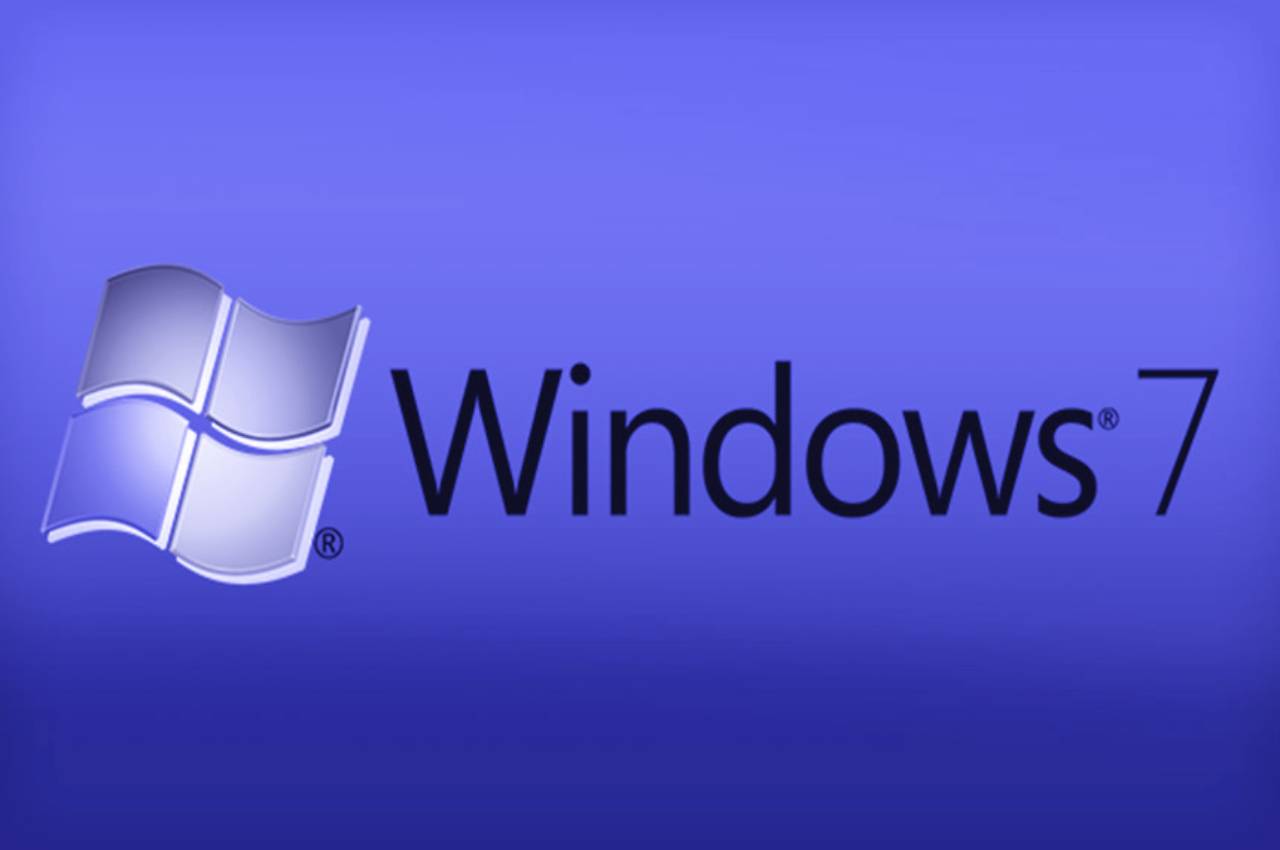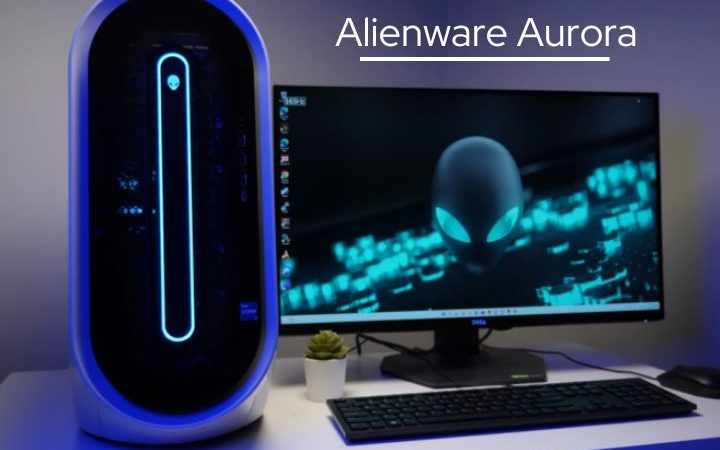Windows7 Ended – What Should Life Be Like After Windows7?

Windows7 has been came down on January 14, Microsoft published its latest security patches for Windows7 and Server 2008. Although this move was planned for years, it seems that many organizations around the world will still find outdated systems. A report states that up to two thirds (66%) of British companies still have some Windows7 computers, which exposes them to a wide variety of possible threats.
This moment is a great opportunity for black hats, which will not go unnoticed. If IT departments cannot update or pay to extend support, they urgently need a Plan B: use the help of third-party experience to isolate themselves from risk.
Table of Contents
Between a Rock & Hard Place
Today, CISOs are under enormous pressure, not only to remain operationally active by minimizing cyber-related risk, but also to provide the secure basis on which mandatory digital transformation projects can be built by executive mandate. His work is hampered by the explosion of endpoints and business assets thanks to the penetration of IoT and cloud services, and a cybercrime economy that is going well.
On January 14, Microsoft published its latest security patches for Windows 7 and Server 2008
Estimates suggest that it now has a value of 1.5 billion dollars annually, providing an easily available market for malware, exploits, hacking tools, stolen data and much more. This buoyant activity is fueling an explosion of cyber threats: from crypto-jacking to information theft, and from ransomware to enterprise email engagement (BEC). In the first half of 2019 alone, Trend Micro detected more than 26.8 billion unique threats, including an increase in ransomware detections (77%) and non-file events (18%).
The Problem With Mistakes
Vulnerability exploits are an absolutely crucial tool in the hacker arsenal: they allow them to enter target systems and install malware to encrypt or steal sensitive data, remotely control devices and hijack business processes. In the first half of last year alone, more than 11,000 bugs of this type were reported and will continue to be discovered, as it is an inevitable consequence of human error. It does not help, of course, that coders increasingly use third-party libraries that contain such errors to accelerate development cycles.
Microsoft patches hundreds of these bugs every year to keep its customers safe. In January alone, almost 50 vulnerabilities were corrected, and that is counted as a relatively quiet month. This included an error discovered by the NSA that could allow attackers to bypass security measures, such as whitelists of applications to run malware.
Without access to these patches, organizations with outdated operating systems are exposed to a huge variety of potential cyberattacks, with all the implications that this entails in the final balance, corporate reputation and regulatory compliance. GDPR regulators will not welcome an organization that has suffered gaps and has been running unprotected systems at the end of its life cycle.
It’s Time To Spend The Cash
So what can you do to mitigate these risks? The easy answer is to update. But although this may be a trivial matter for consumers, it is a more complex and expensive process for businesses. What happens if you need to continue running Windows7 because legacy business-critical apps don’t work with the latest operating system? Or if Windows7 is built into IoT systems that run in factories, hospitals, and other smart environments? In the latter case, the update may void your warranty with the manufacturer.
One option is to pay for Microsoft’s extended support, which provides patches from the same day on January 14, but is not cheap – around € 23.50 per machine during the first year, doubling this figure in the second year. In addition, this payment does not guarantee protection but requires additional action: deploying the corresponding patches, which is not always feasible.
If additional support is not an option, then efforts should focus on ways to protect your vulnerable Windows 7 / Server 2008 assets from cybercriminals.
What Happens Next?
There are several strategies that can help. Better education and training for end-user awareness can create a solid first line of defense against phishing attacks, which are often used by hackers as an initial threat vector. Next, consider making it difficult for attackers to access vulnerable systems, isolating them in separate networks and VLANs or segmenting them through firewalls.
Another strategy is to strengthen such systems against attacks by eliminating unnecessary services, disabling versions of vulnerable services such as SMB 1.0, restricting user accounts and implementing application white lists to run only trusted applications.
Perhaps one of the most effective ways to protect systems at the end of their useful life from cyber threats is through the intrusion prevention technology known as “virtual patching.” This technology instantly protects systems and also combined with effective antivirus and continuous monitoring of file integrity to create a complete set of host-based controls to keep your Windows7 / Server 2008 heritage safe from protection. emerging threats
With these controls, you will have more time to develop your Windows update strategy, without risking fines for noncompliance, downtime or serious data theft.
Also Read : Cloud Security Acquires More Relevance In 2020






